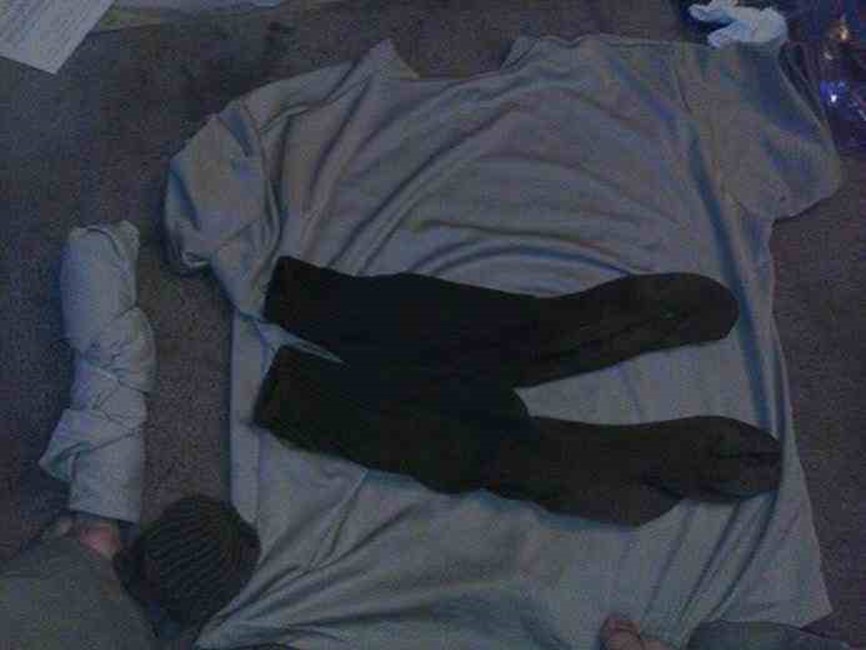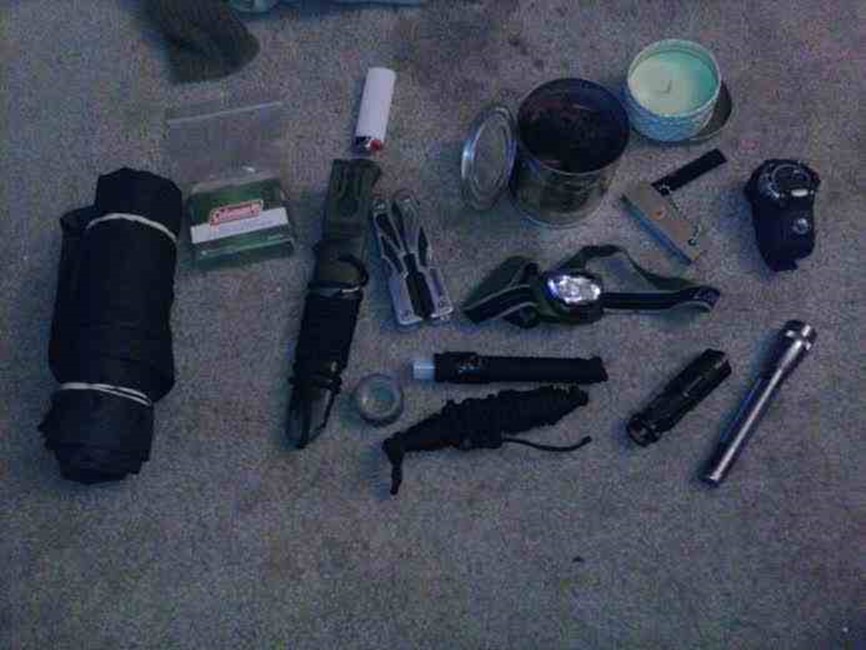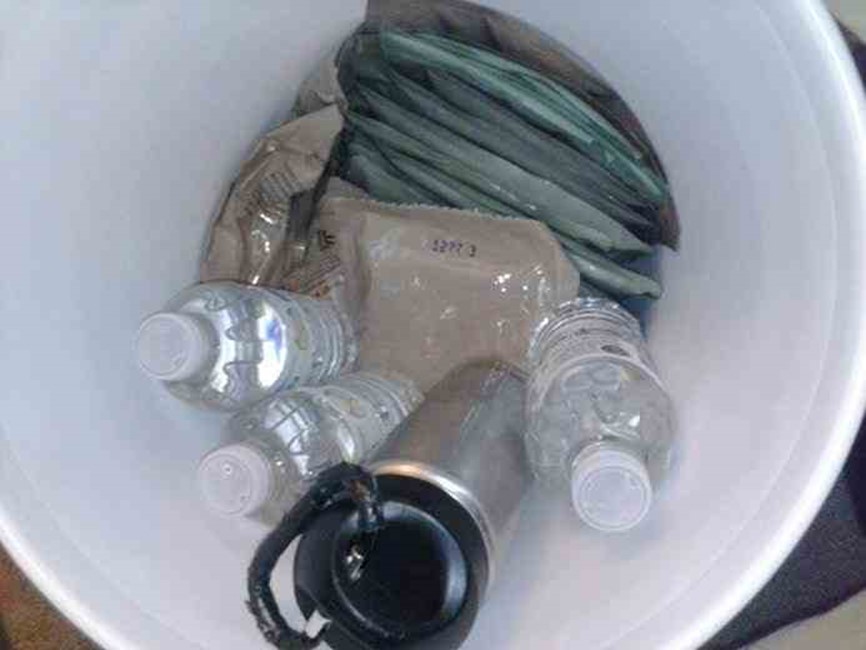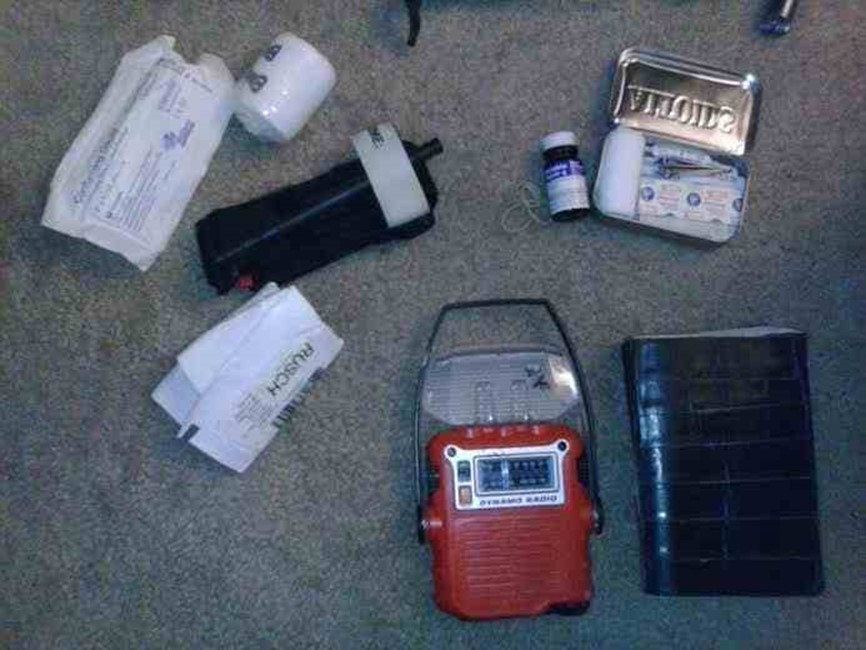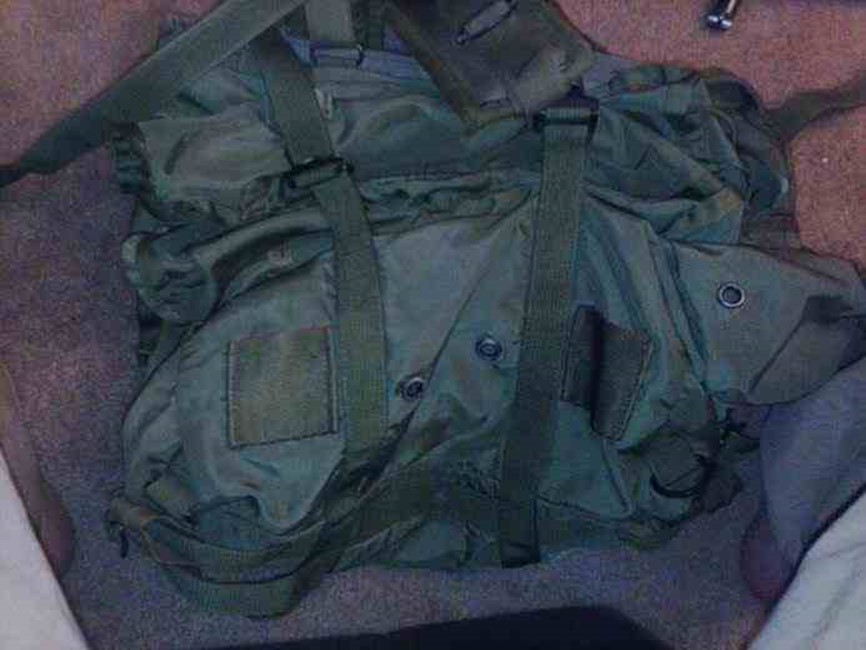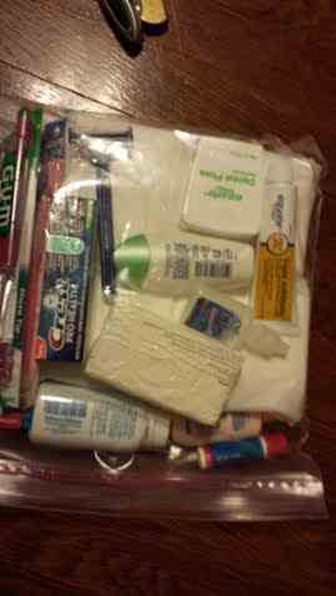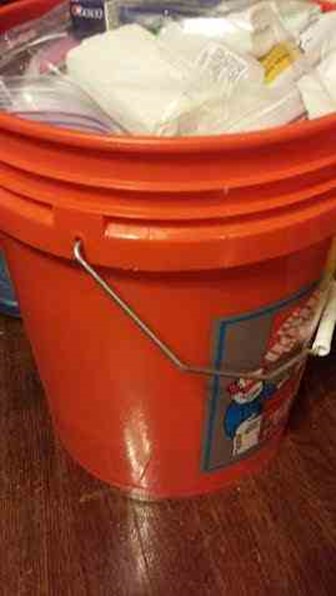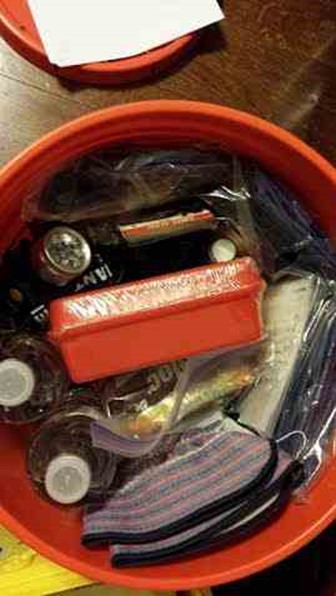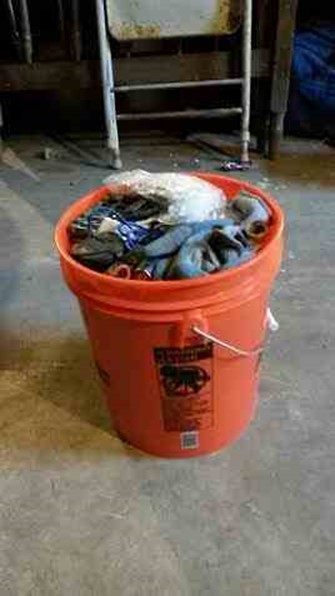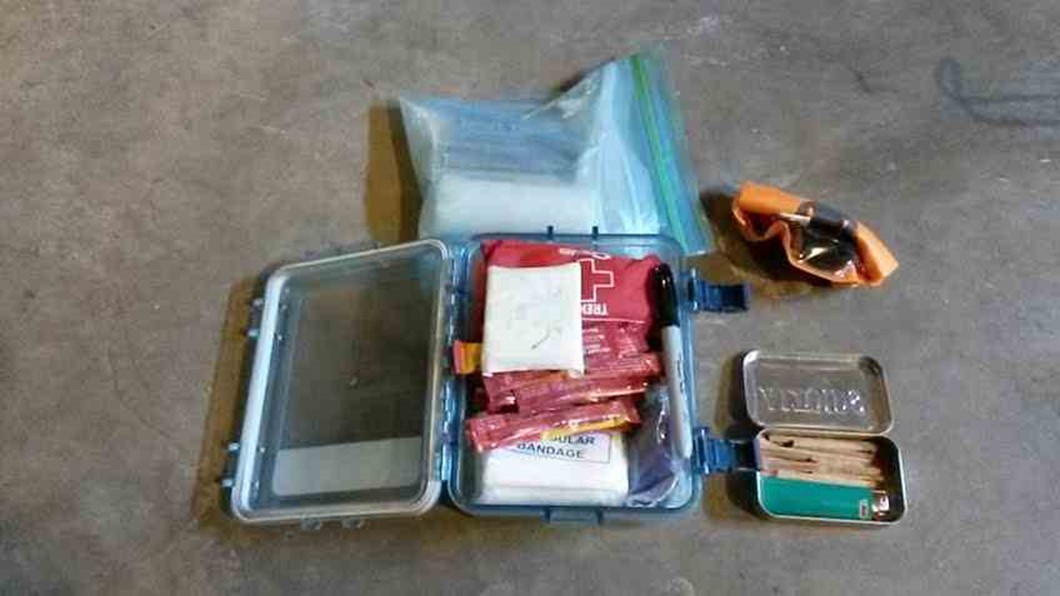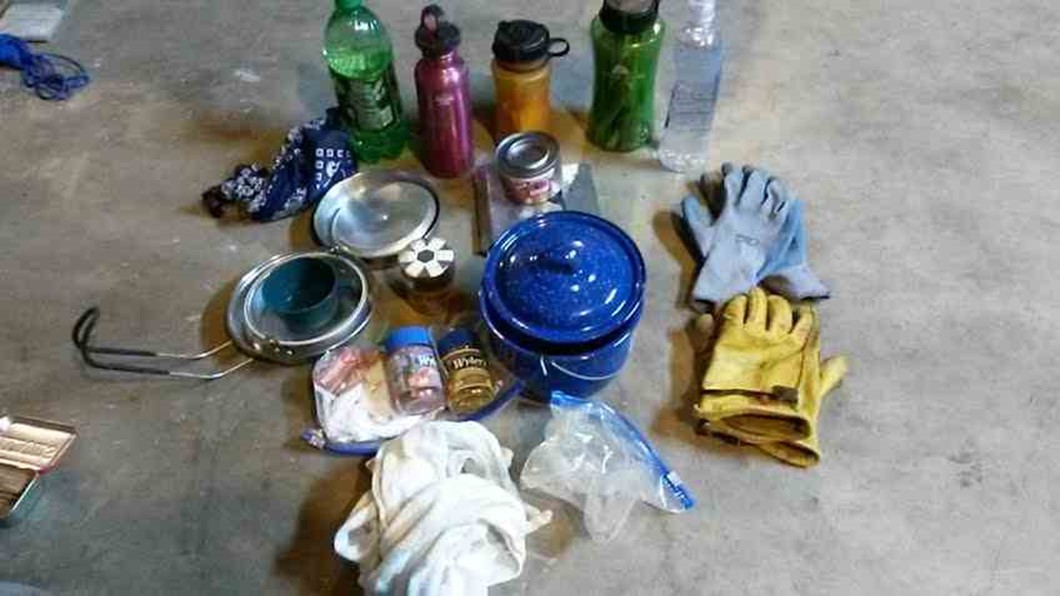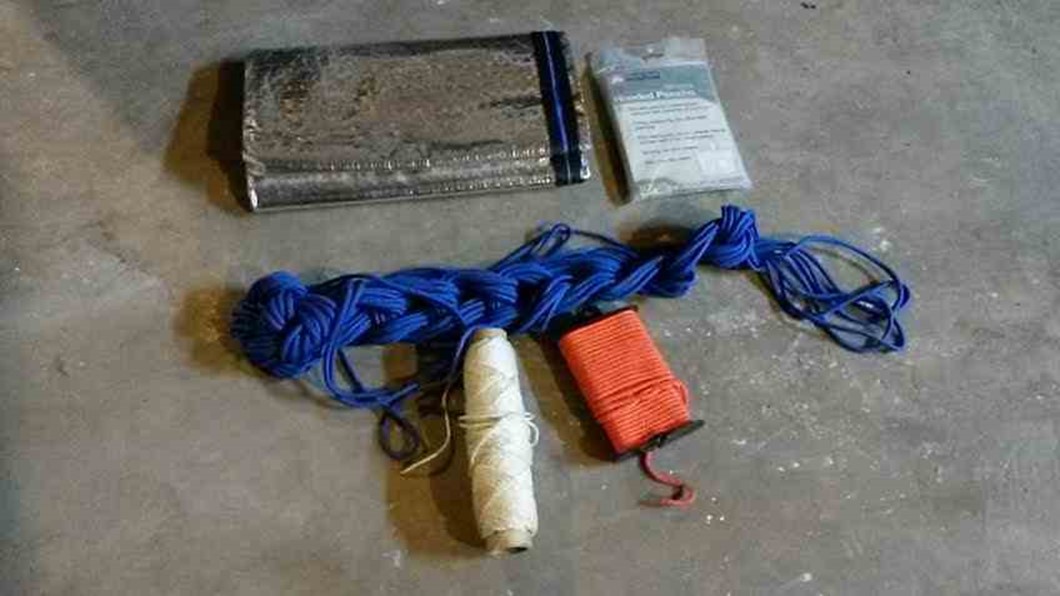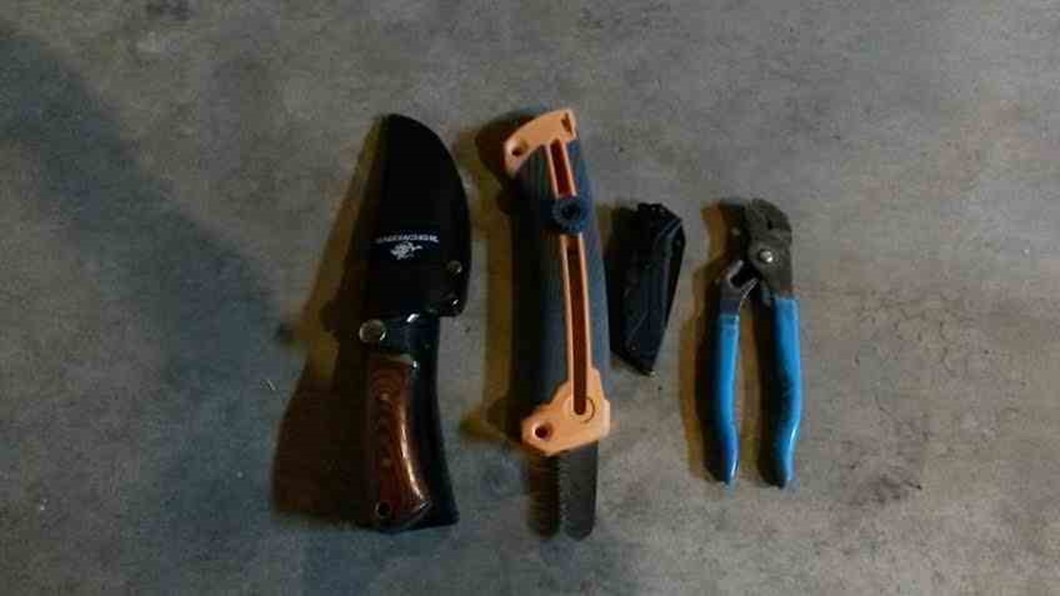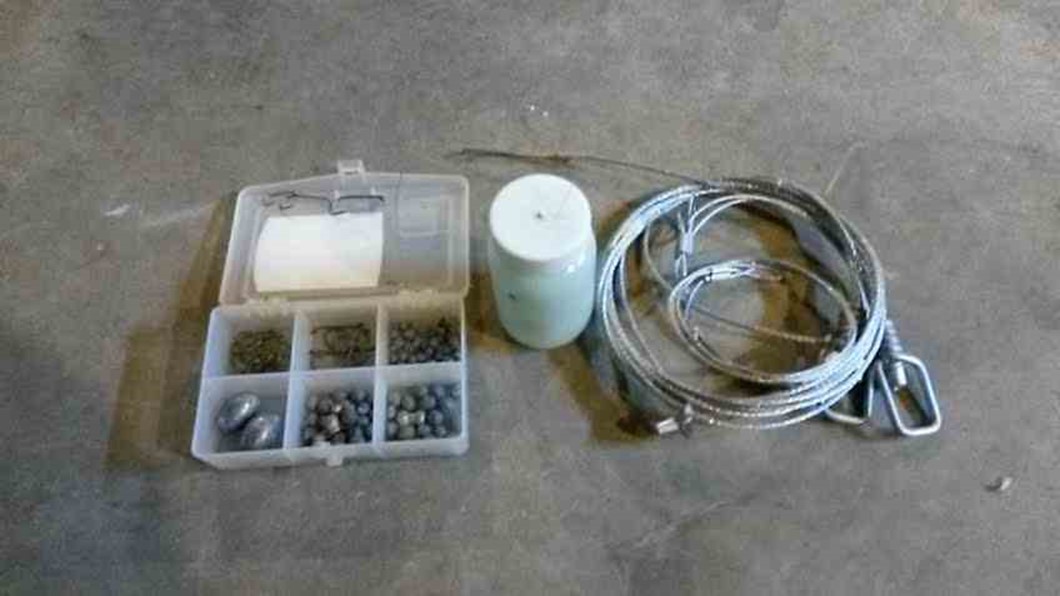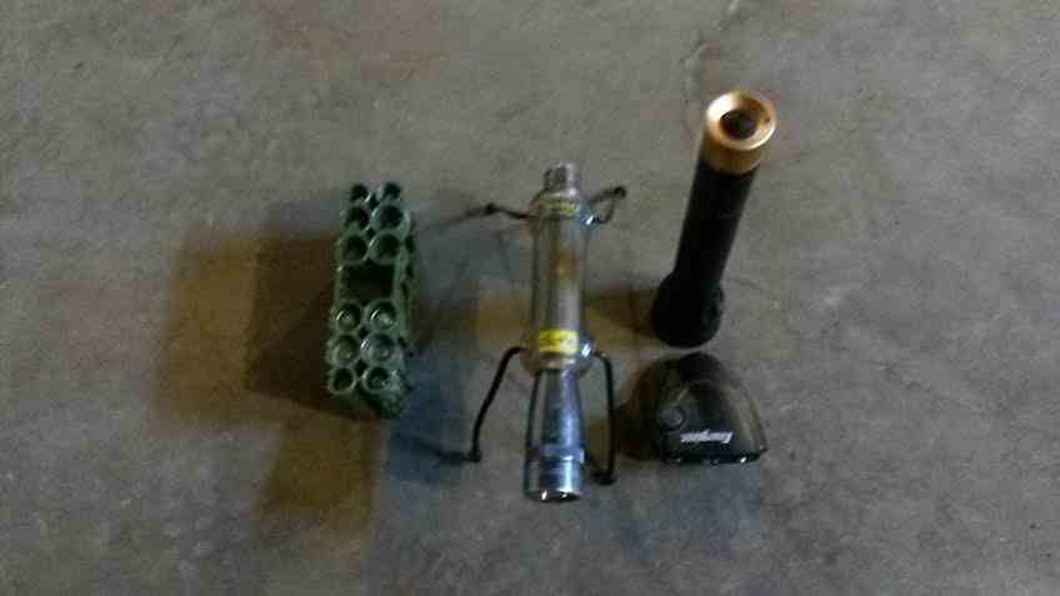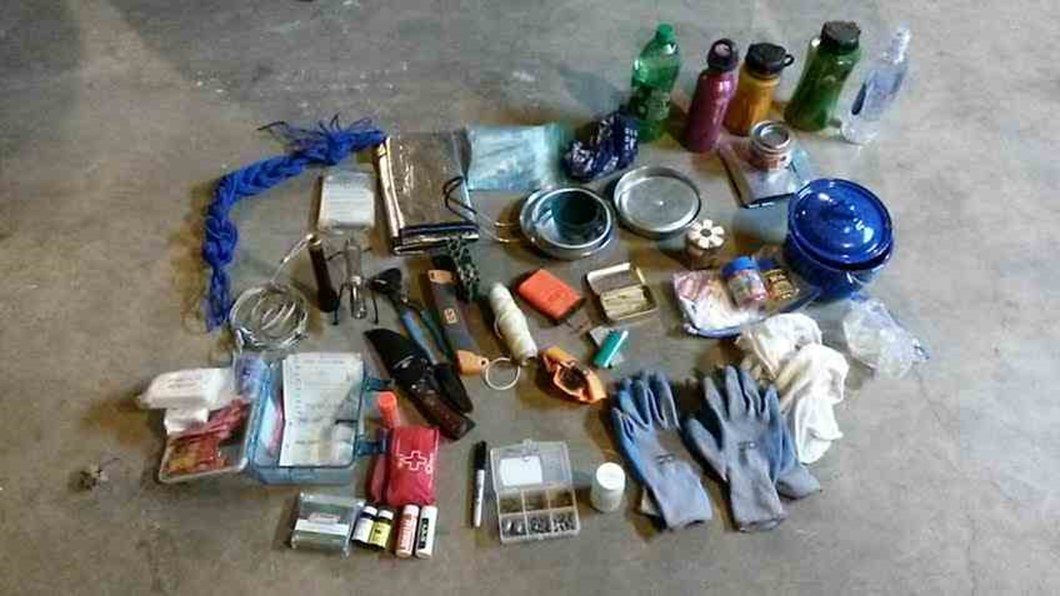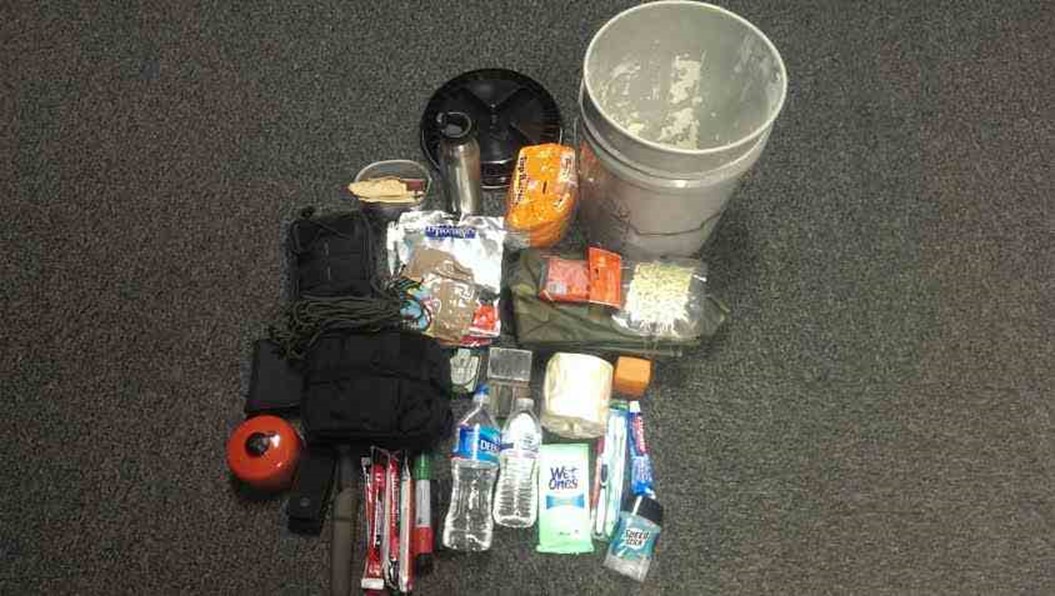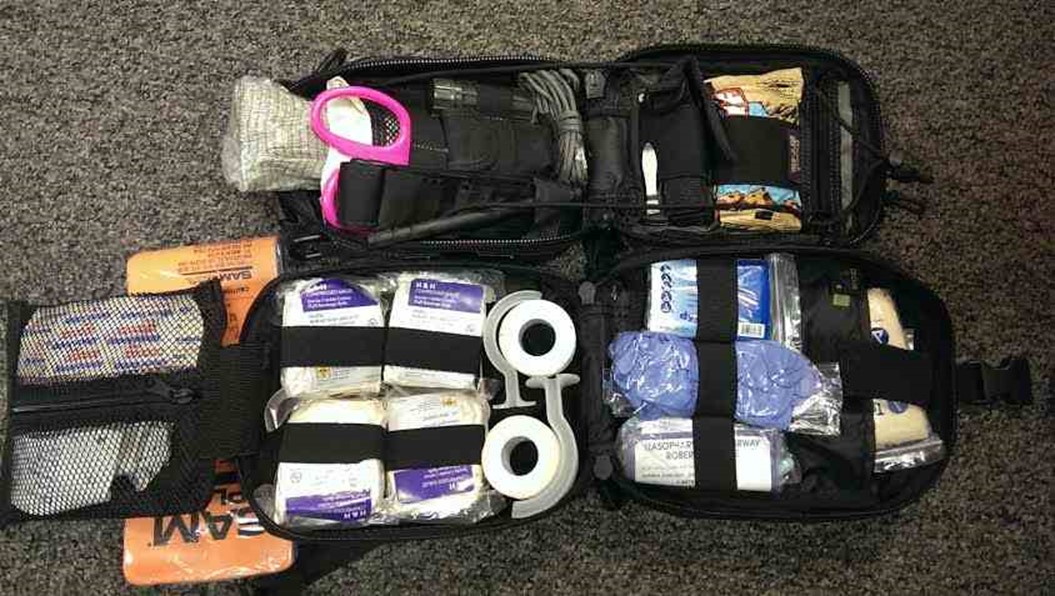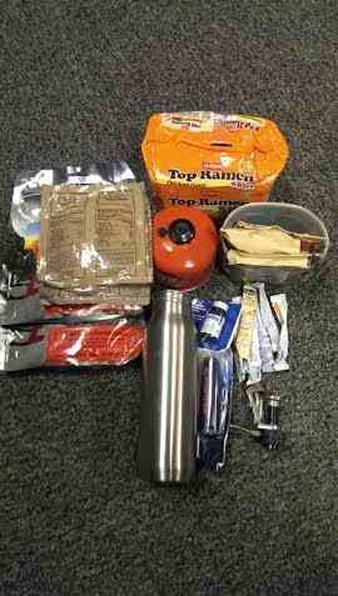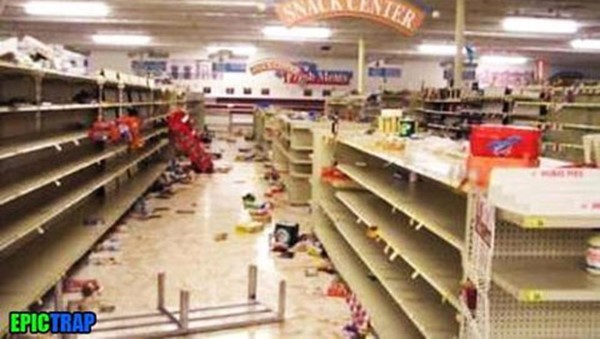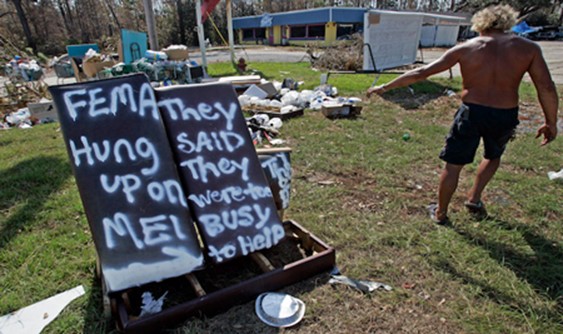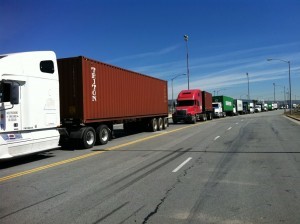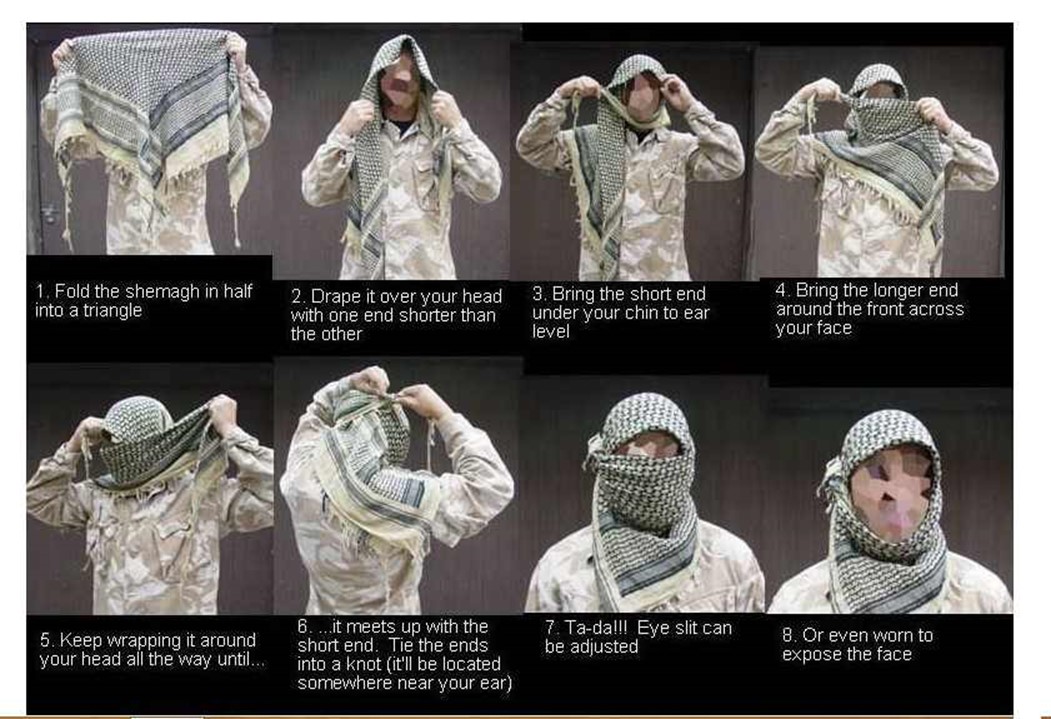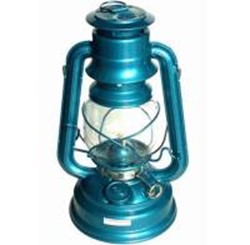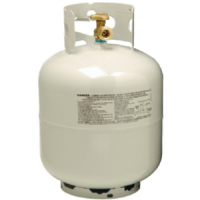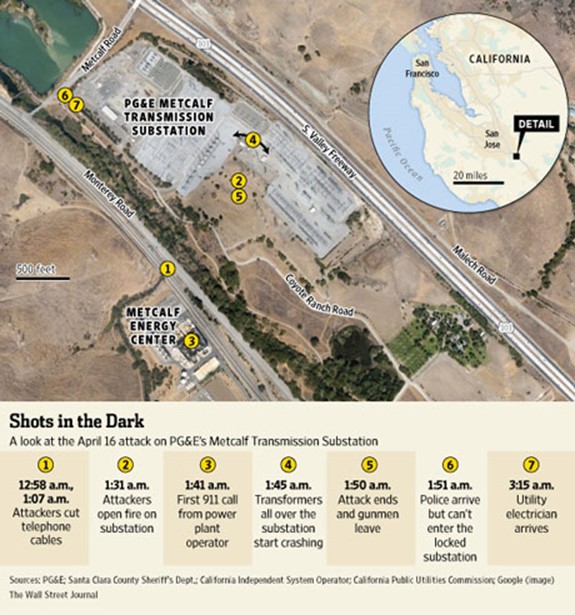So I ran across this article a couple days ago while reading the news on my laptop. In case you don’t click on the link and check the article, I’ll sum it up: it’s not exactly news, but North Korea is starting to flex its cyberwar fare muscle. The term “cyberarmy” was definitely a new one to me, but that seems to be exactly what Mr. Kim Jong Un is building up. He’s actively unleashing electronic offensives against his neighbor to the south, with what looks to be pretty good results….for HIM, anyway. From the article:
- A wave of “distributed denial of service (DDoS)” attacks in 2009 struck both U.S. government and South Korean websites. A virus launched from unknown sources (South Korean officials accused Pyongyang) through a series of “zombie” computers sent waves of Internet traffic to a number of websites in the two countries. The U.S. Treasury and Federal Trade Commission sites were shut down for a weekend, but the action crippled a number of government sites and media outlets in South Korea.
- A DDoS attack on South Korean banks in March 2011 left 30 million people without ATM access for days. At the time, Dmitri Alperovitch, vice president of threat research for McAfee Labs, said the attacks had the mark of a North Korean “cyberwar drill” and theorized that Pyongyang had built an army of zombie computers, or “botnets,” to unleash malicious software. He guessed that the 2009 attack had been a similar operation.
- An attack in March 2013 was the biggest one yet, infecting and wiping clean the critical master boot records of 48,000 computers and servers associated with South Korean banks and media outlets, using their own networks. Experts traced the “cyber weapon” back through more than 1,000 IP addresses used on different continents, but South Korean officials accused North Korea of directing the attack. Systems were crippled for days.
Now, I don’t know the kind of problems these specific attacks caused in South Korea, but I can only imagine. Can you imagine the pandemonium that would instantaneously evolve if citizens suddenly couldn’t access their money? Their EBT accounts? Retirement funds? Savings? SSI? If people suddenly were unable to pay for heat, fuel, food, clean water, clean clothes, or, God FORBID, internet access or cellphone usage? Especially over an extended period of time, like several months? I can just imagine the wild-eyed look on my wife if she called the propane company to deliver a couple hundred gallons as our tanks draw close to empty and the mercury drops steadily, only to be told, “Sorry, your debit card isn’t working…we’ve been having that problem all day.” Go to the ATM or bank to withdraw cash? Sorry, those are ALL shut down and in non-working condition…..ACROSS THE COUNTRY. No money? No benefits? No communication? Sounds like the possible beginnings of a social decline to me if the Band-Aid doesn’t get put on the boo-boo, lickety-split.
Cyber warfare really doesn’t have to target government infrastructures to be effective, does it? It could target trucking and logistics companies to ensure product doesn’t get delivered. It could target fuel delivery companies, so that suddenly fuel isn’t distributed for the public. Container ships offshore with goods would have no coordination, and circle in disarray or attempt 200,000-ton games of “chicken” as they muscle to dock. Folks, EVERYTHING is computerized these days, online, synced up and hooked to a cloud. We think McAfee and Norton will keep this balance safe and in order…but nothing is certain.
But, as the article says, nobody knows what’s in store.
“While no one knows exactly what North Korea has up its sleeve, a number of hackers who have defected, as well as the increasingly sophisticated attacks on South Korea, suggest that its leader, Kim Jong-un, isn’t limiting his muscle-flexing to nuclear tests in the Pacific.”
His nuclear tests and missile delivery tests haven’t exactly been wildly successful, but it seems that his cyberattacks could be gaining ground and momentum….and nobody really is sure what they are capable of.
Also frightening to think about: North Korea isn’t the only country with some brainiacs behind a keyboard.
“North Korea is certainly not the most capable nation-state threat actor today, but even relatively minor cyber players can sometimes find vulnerabilities in complicated civilian architectures and cause significant disruptions.”
China has certainly been gaining speed in the cyber warfare race, as well. This article I found during a quick Google search on “China cyberwar fare” states that just ONE division (out of who knows how many?), Unit 61398, has been around since 2006, and has been quite active in the arena:
“In February, the private security group Mandiant revealed Unit 61398 of the 2nd Bureau of the People’s Liberation Army (PLA) General Staff Department’s Third Department. The military unit since 2006 has attacked and penetrated networks of at least 141 organizations located in 15 countries and representing 20 major industries, from information technology to financial services.”
15 countries? Well, hell, at least we won’t be alone in our misery, eh?
I don’t really fear monger, but this kind of shit scares the hell out of me. No destruction, no EMP blasts, no H-bombs dropping or martial law being evoked, no zombies shuffling about on the streets. No body counts to begin with. Just a well-paid fellow thousands of miles away clicking “execute” on a program has the possibility of creating disorder across the globe. Yes, I may be completely over-simplifying the issue, but how complicated do things need to seem before you view them as a legitimate threat?
I’m not saying we need to eschew all things connected to any kind of network, but this to me enforces the need to make sure you have a backup barter plan, a way to keep your house warm and your belly full if monetary systems go down. Because I don’t think this new form of warfare isn’t going away due to its effectiveness… no direct casualties, but immense disarray and disorder with the likelihood of complete anonymity if desired.
What do all of you think about the rising of cyber warfare? I’m sure I didn’t begin to touch on all the possibilities and scenarios that could come of this in the future. What are you doing to prepare for this sort of issue? Or do you think it’s just a flash in the pan, and the government and antivirus companies will keep a pin in this?
Start now to make sure you are staying prepared.
Via: shtfblog
 Follow
Follow